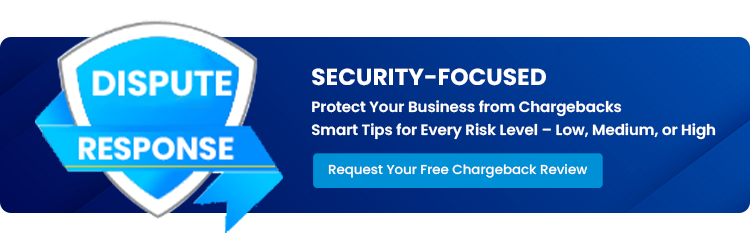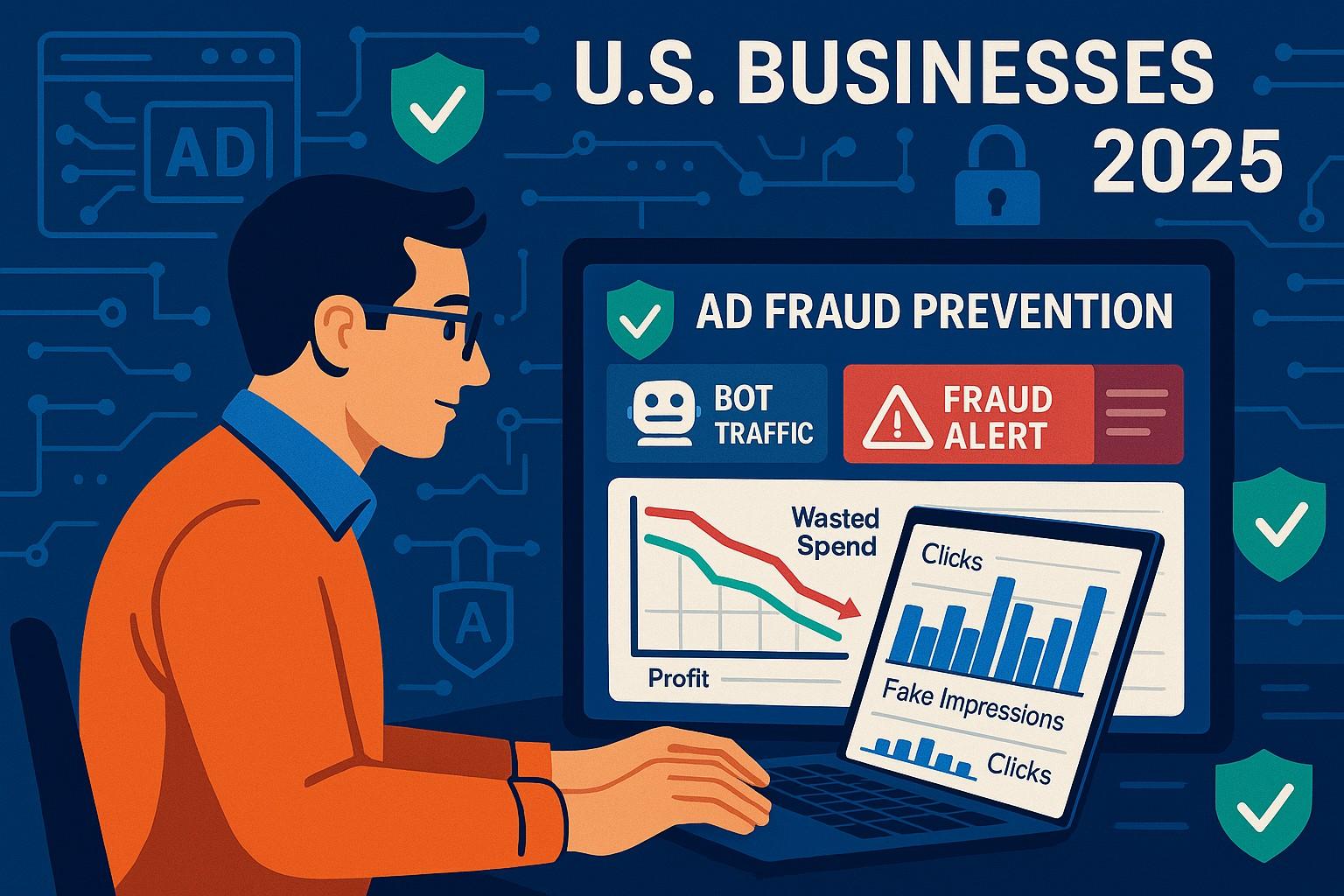Chargeback Management Services - Dispute Response Aug/ 31/ 2025 | 0
Ad fraud continues to be a significant issue for U.S. businesses, costing billions annually. As digital advertising continues to dominate marketing strategies in 2025, safeguarding your campaigns against fraudulent activities is more crucial than ever. This guide will walk you through everything you need to know about ad fraud prevention, including its types, how to identify potential risks, and the best strategies to protect your business.
What is Ad Fraud?
Ad fraud refers to any deceptive practice aimed at generating false advertising revenue or misdirecting ad spending. Fraudsters often exploit ad networks, targeting businesses that rely heavily on digital ads for their marketing.
Common Types of Ad Fraud
Understanding the different types of ad fraud is the first step in prevention. Below are the most common forms:
Click Fraud
Fraudsters click on ads with the intent to inflate the click-through rate, resulting in advertisers paying for non-legitimate clicks.
Impression Fraud
This occurs when bots or malicious software generate fake ad impressions, leading to wasted advertising budget.
Ad Stacking
This fraud technique involves stacking multiple ads on top of each other. The user only sees the top ad, but the advertiser is charged for all ads that are stacked.
Pixel Stuffing
In this form, fraudsters load invisible ads into pixel-sized spaces, generating impressions without any actual exposure to users.
How Ad Fraud Impacts Your Business
The financial repercussions of ad fraud can be severe. Some of the primary impacts include:
- Wasted Ad Spend
A significant portion of your advertising budget may go toward fraudulent activity, resulting in poor ROI. - Distorted Analytics
Fraudulent clicks and impressions can distort campaign performance data, leading to misguided decisions. - Damaged Reputation
If your business falls victim to ad fraud, it can harm your reputation with consumers and partners.
How to Detect and Prevent Ad Fraud in 2025
To effectively protect your business from ad fraud in 2025, here are some strategies you can implement:
1. Use Fraud Detection Tools
Leverage advanced tools that analyze traffic patterns and detect suspicious activities. These tools can help identify click farms, bots, and other fraudulent behaviors.
2. Monitor Traffic Sources Regularly
Regular monitoring of your traffic sources is essential. Look out for sources that bring in unusually high amounts of traffic with low engagement rates, as these could be fraudulent.
3. Utilize Third-Party Verification
Partner with third-party verification companies that provide independent monitoring of ad performance and help spot irregularities in your ad campaigns.
4. Optimize Campaign Settings
Implement settings to limit the targeting of certain types of users and placements. This can help reduce the chance of your ads being shown to bot traffic or low-quality traffic sources.
5. Implement Anti-Fraud Measures with Ad Networks
Work closely with your ad networks to set up anti-fraud measures. Networks often provide reporting features and tools to help you track and minimize fraud.
Why U.S. Businesses Must Prioritize Ad Fraud Prevention
In 2025, businesses must become more proactive in combating ad fraud. As fraudsters evolve their tactics, traditional methods of ad monitoring may no longer be sufficient. By adopting a multi-faceted approach to fraud prevention, businesses can protect their advertising budget and improve the accuracy of their campaigns.

Email us anytime!
Email customer service 24/7

Call us anytime!
Reach customer care 24/7 at +1 (888) 927-5152
Final Thoughts
Ad fraud is a persistent and evolving challenge for businesses in 2025. By staying informed and taking preventive measures, you can safeguard your advertising efforts and maximize the value of your marketing investments. With the right strategies in place, U.S. businesses can protect themselves from fraudulent activity and ensure that every dollar spent on advertising delivers a return.


